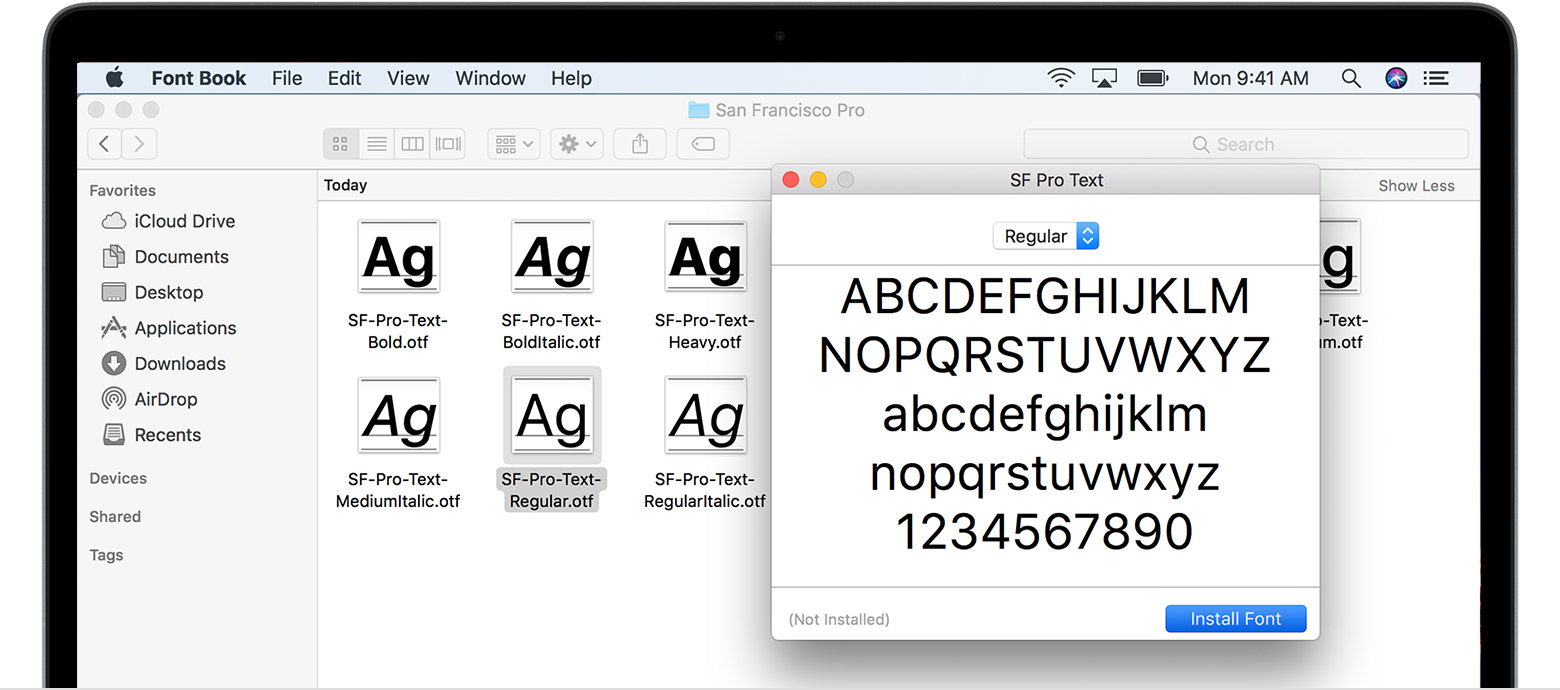Apple Mac Box Set For Mac

Steps for Connecting a Macbook to a Projector 1. Turn ON your. Plug in the to an electrical outlet and turn it ON. Connect the video cable (usually VGA or HDMI) from the projector to the Mac. In order to do this, you will most likely need a. (Note: Adapters vary depending on your computer’s video inputs. Click on the button above to view our adapter guide.) 4.
Once the Mac and projector are connected, click on the Apple Menu in the top left corner of your screen. Select System Preferences from the drop-down menu. Fx 5500 pci driver for mac. Select the Displays icon. When the Displays window appears, click the Detect Displays button.
At this point your Mac and projector should be synchronized. If not, try following these steps: a. Click on the Apple Menu in the top left corner of your screen (Step 4) b.
Select System Preferences from the drop-down menu (Step 5) c. Select the Displays icon (Step 6) d. When the Displays window appears, select the Arrangement tab within the menu bar e. Check the Mirror Displays box in the lower left-hand corner of the window (Note: After checking this box, wait several seconds. Once the displays are mirrored, you should see the same image on both your projector and computer.) That should do the trick!
Seamless Use Windows side by side with macOS ® (no restarting required) on your MacBook ®, MacBook Pro ®, iMac ®, iMac Pro ®, Mac mini ®, or Mac Pro ®. Share files and folders, copy and paste images and text and drag and drop files between Mac and Windows applications.
Easy Setup Parallels Desktop automatically detects what you need to get started so you're up and going within minutes. If you need Windows, you’ll be prompted to download and install Windows 10 or choose your existing Windows, Linux, Ubuntu, or Boot Camp ® installation. Lightning Fast Graphic and resource-hungry Windows applications run effortlessly without slowing down your Mac. Run the most demanding applications such as Adobe ® Photoshop ®, Visual Studio ®, or SketchUp ®. Choose Your View Make Windows invisible while still using its applications in Coherence mode. If you’re new to Mac, you can set Windows to occupy your entire screen, so it looks just like it would if you were using a Windows PC. “Of all the ways to run Windows on a Mac, Parallels Desktop is my favorite because it just works.
It's fast, it's reliable, and there's no need to futz about with confusing setting or convoluted setup processes.” – Adrian Kingsley-Hughes, ZDNet “Unlike Apple’s Boot Camp, Parallels lets you run both operating systems at the same time.” – Larry Magid, Forbes ”Parallels Desktop is the easiest, fastest, and most tightly integrated app for running Windows apps or the Windows desktop in Apple OS X.” –Edward Mendelson, PCMag.com “It’s always been astonishing that it’s faster to start up a Parallels PC than a real one. On my MacBook Air, I’m up and running in Windows six seconds after I double-click the Parallels icon.” – David Pogue, Yahoo Tech “The latest version of Parallels, the popular Windows virtualization tool for Mac OS X, almost feels like its trolling Apple.” – Engadget “The software has been iterating over a decade and now makes Windows feel like part of the macOS. You can also virtualize Linux, Android, and just about anything that runs on Intel chips including another instance of macOS—great for testing macOS Betas!” –9to5Mac. Open Windows applications side by side with your macOS applications, without having to restart your Mac. Copy and paste text or drag and drop objects between Mac and Windows. Run Windows games and other 3D applications.
Office For Apple Mac
Transfer all your data from a PC and use it on your Mac. Easily share files, devices, and other resources between Windows and Mac. Install other operating systems, such as trial versions of Windows, Linux, another copy of macOS, and free virtual appliances—and use them together.
And much more. There are several ways to install Windows (or any other operating system) in a virtual machine, and Parallels Desktop makes it easy to get started within minutes. If you need Windows on your Mac, Parallels Desktop can help you download and install Windows 10. All you need to do is follow our Installation Assistant and click “Install Windows.” Or you can provide your own Microsoft Windows license key, purchase Windows directly from within Parallels Desktop, or transfer an existing Boot Camp partition with Windows already installed. Hardware. A Mac computer with an Intel Core 2 Duo, Core i3, Core i5, Core i7, Core i9, Intel Core M or Xeon processor.
Apple Mac Store
Minimum 4 GB of memory, 8 GB is recommended. 600 MB of disk space on the boot volume (Macintosh HD) for Parallels Desktop application installation. Additional disk space for virtual machines (varies on operating system and applications installed, e.g. Parallels Desktop Pro Edition is packed with extra features, including:.

More Power: Parallels Desktop Pro Edition gives your virtual machines more processing power, up to 128 GB vRAM and 32 vCPUs per virtual machine. Network Conditioner – Simulate various internet connectivity speeds to test your applications.
Visual Studio Plug-In – Develop software in one virtual machine and test in others—with just one click. Nested Virtualization Support – Support is available for the following:. VMware ESXi virtual machines. Xen and kernel-based virtual machines in versions of Linux that support Xen and KV.
Apple Mac Box Set For Mac Download
Android emulator for Visual Studio in Windows. iPhone emulator for Visual Studio in Windows. Xamarin.Android in Windows. Android Studio in Windows. Embarcadero RAD Studio in Windows.
Docker for Windows. (experimental) Microsoft Visual Studio + TwinCat 3.





